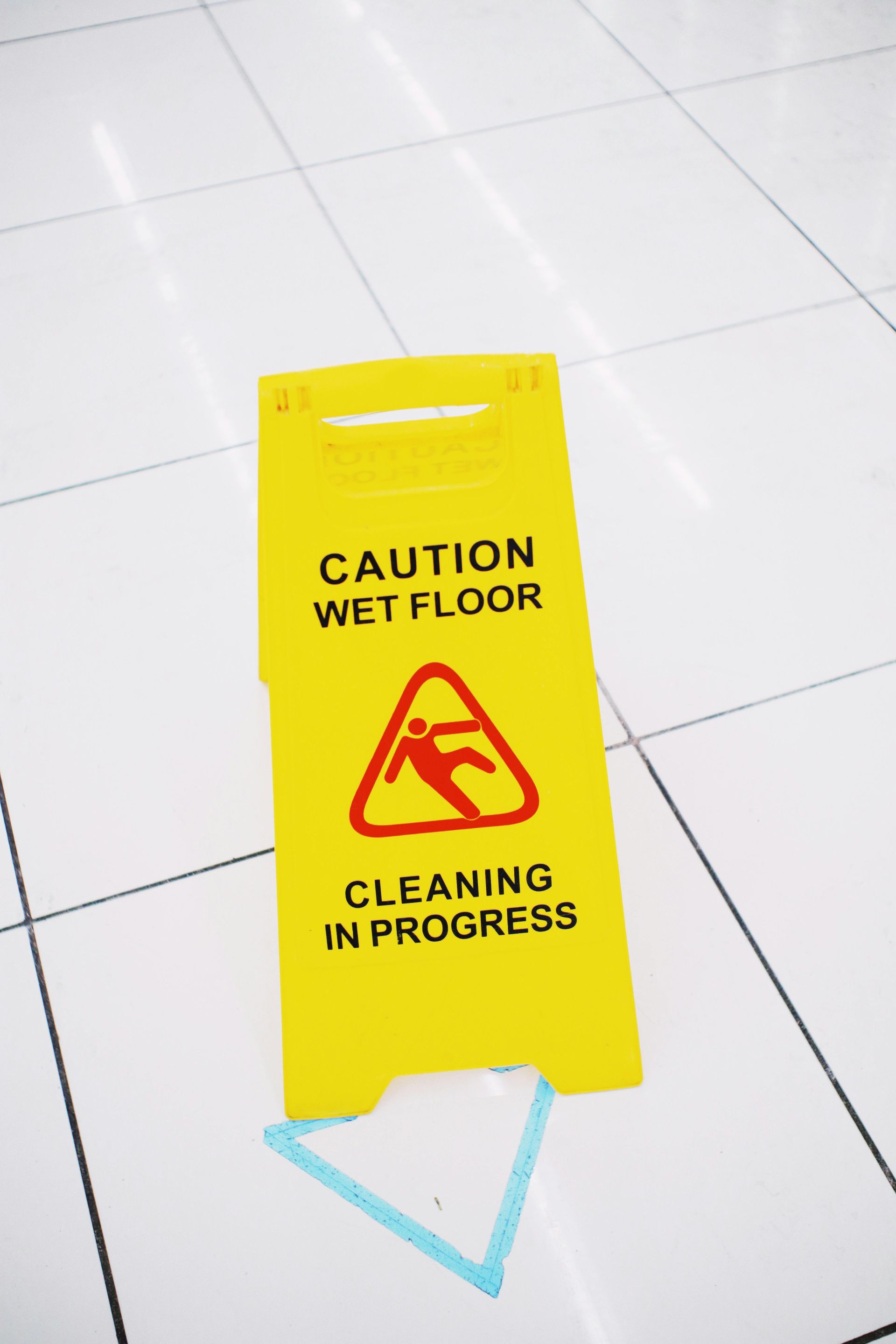7 Steps in a Personal Injury Claims Process: Navigating with Confidence
7 Steps in a Personal Injury Claims Process: Navigating with Confidence
Personal injury claims can be a complex and daunting process, but with the right knowledge and guidance, you can navigate them with confidence. Whether you've been injured in a car accident, slip and fall, or any other incident due to someone else's negligence, understanding the personal injury claims process is crucial. In this blog post, we'll break down the journey into seven essential steps, helping you gain the clarity and confidence needed to pursue your rightful compensation.
1. Seek Medical Attention
The first and most critical step in any personal injury claim is to prioritize your health. Seek immediate medical attention for your injuries. Even if your injuries seem minor at first, they may have lasting effects. Medical records will also serve as crucial evidence when making your claim, proving the severity and extent of your injuries.
2. Gather Evidence
Once you've addressed your health, it's time to start gathering evidence. Document the scene of the incident, take photographs, collect contact information from any witnesses, and obtain any accident or incident reports. This evidence will be invaluable when proving liability and the extent of your damages.
3. Consult an Attorney
Navigating the complexities of personal injury law can be overwhelming, but you don't have to do it alone. Consult with a personal injury attorney who specializes in these cases. A skilled attorney can provide you with expert advice and handle the legal aspects of your claim, increasing your chances of a favorable outcome.
4. Notify the At-Fault Party
Your attorney will help you draft and send a demand letter to the at-fault party (or their insurance company), outlining your injuries, damages, and the compensation you are seeking. This is the formal beginning of the negotiation process.
5. Negotiation
During this phase, you and your attorney will engage in negotiations with the at-fault party's insurance company. They will likely make an initial offer, which may not adequately cover your damages. Your attorney will work to negotiate a fair settlement that meets your needs. If a satisfactory agreement cannot be reached, the next step is to proceed to litigation.
6. Litigation
If negotiations fail, your attorney will file a lawsuit on your behalf. This process can be time-consuming and complex, involving various legal procedures and court appearances. However, with an experienced attorney by your side, you can confidently pursue your claim through litigation, if necessary.
7. Settlement or Trial
Most personal injury cases are settled before they go to trial. If a fair settlement is reached, your case will conclude with a legally binding agreement. However, if a settlement cannot be achieved, your case will proceed to trial, where a judge or jury will determine the outcome.
Navigating a personal injury claim can be challenging, but by following these seven essential steps, you can confidently pursue the compensation you deserve. Seek immediate medical attention, gather evidence, consult with an experienced attorney, and engage in negotiations. In the event that a settlement cannot be reached, be prepared to go through the litigation and trial processes.
With the right support and knowledge, you can successfully navigate the personal injury claims process and move forward with your life. Remember, you don't have to face this journey alone; an experienced attorney can be your trusted partner in seeking justice and fair compensation for your injuries.










